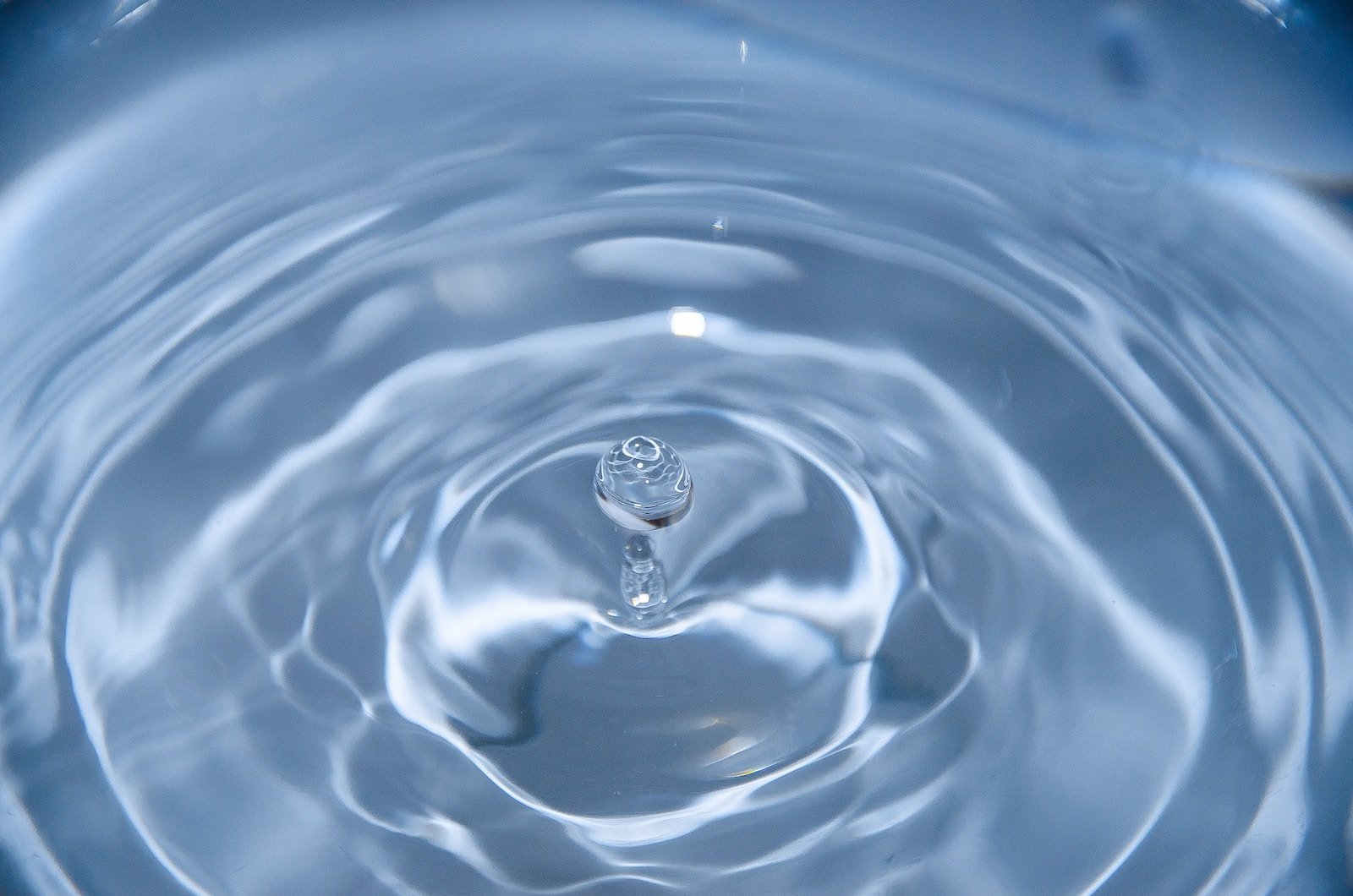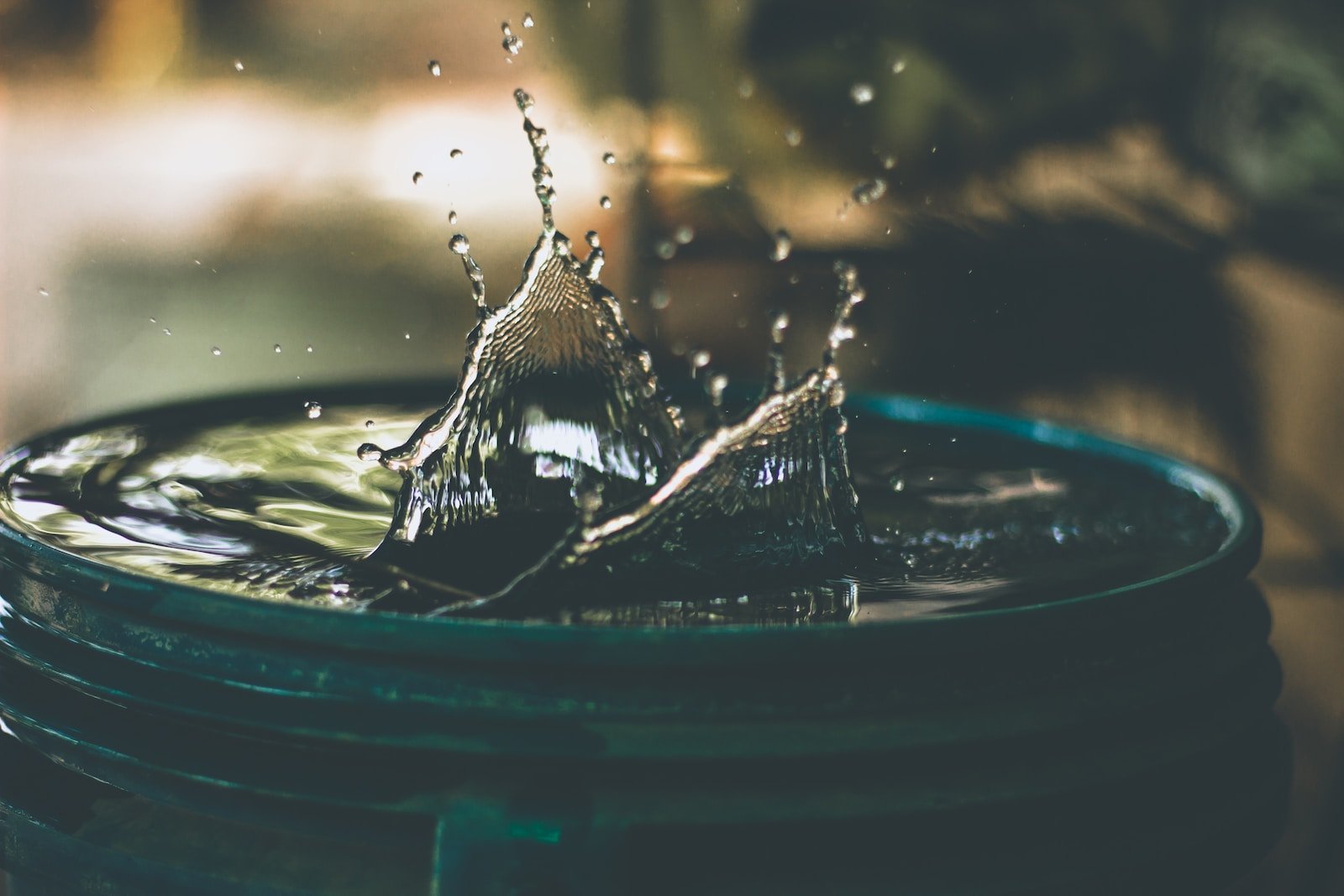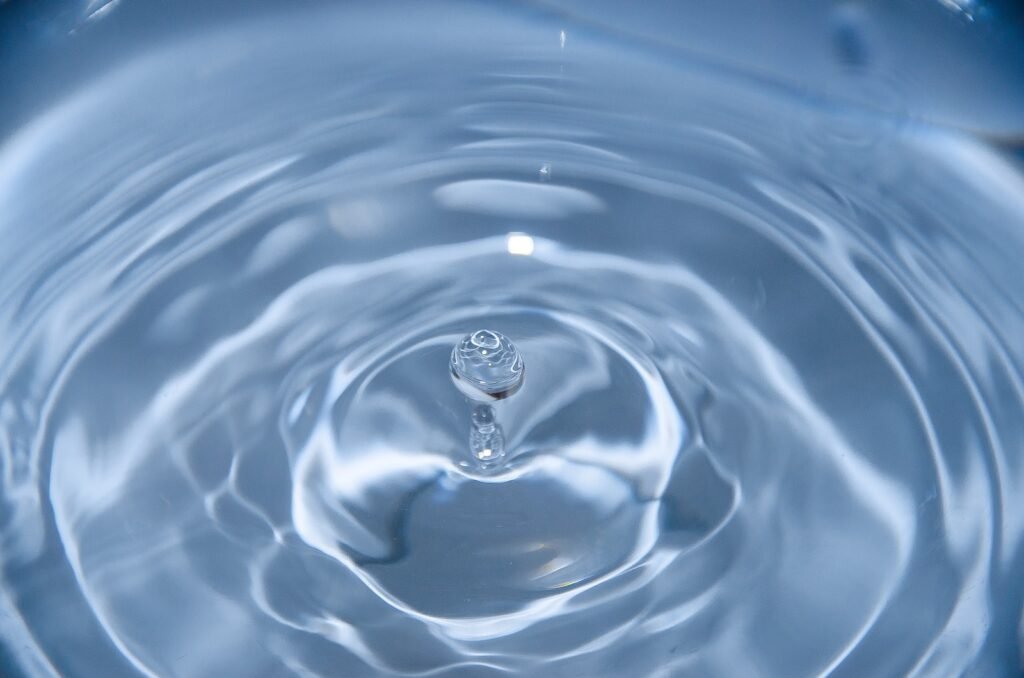Surviving Waterless: Essential Tips for Living Without Water
Living without water is a challenging prospect that many people may face due to various circumstances such as wars, ethnic cleansing, genocide, droughts, natural disasters, or extended periods in remote locations. While water is essential for our survival, it is possible to adapt and thrive in waterless conditions with proper planning and resource management. In this article, we will explore essential tips and strategies to help you navigate the challenges of living without water.

Water conservation is crucial, especially when facing waterless conditions. By understanding the importance of conserving water, we can minimize our impact on natural resources and ensure our long-term survival. Simple practices, such as fixing leaks, using water-saving devices, and practicing mindful water habits, can go a long way in conserving this precious resource.
Assessing Your Water Needs and Resources
Before embarking on a waterless journey, it is essential to assess your water needs and available resources. Calculate the amount of water required for drinking, cooking, hygiene, and other necessary activities. Evaluate your existing water sources, such as wells, rainwater collection systems, or nearby water bodies, to determine their reliability and capacity. This assessment will help you plan and allocate water efficiently.

Creating an Effective Water Storage Plan
Water storage is crucial for surviving without water. Establish a water storage plan by determining the required quantity of water for your needs and ensuring you have appropriate containers and storage space. It is recommended to store at least one gallon of water per person per day for drinking and sanitation purposes. Regularly rotate your stored water to maintain freshness and quality.
Efficient Water Usage: Practical Strategies
Conserving water through efficient usage is vital in waterless conditions. Adopt practical strategies like turning off faucets when not in use, using a bucket or basin for washing dishes, and taking shorter showers. Collect and reuse greywater from washing activities for non-potable purposes like flushing toilets or watering plants. These small changes can significantly reduce your water consumption.
Purifying Water: Methods and Techniques
When living without access to clean water sources, purifying water becomes crucial. Learn about various water purification methods such as boiling, chemical disinfection, and filtration. Each method has its benefits and limitations, so educate yourself on the best techniques for purifying water in your specific situation. Having the necessary tools and supplies is essential for effective water purification.
Alternative Sources: Exploring Non-Traditional Options
In waterless conditions, traditional water sources may become scarce or inaccessible. Exploring alternative sources can help sustain your water needs. Look for nearby natural sources such as rivers, streams, or springs. Consider rainwater harvesting and invest in rain barrels or catchment systems. Additionally, explore innovative solutions like atmospheric water generators or water condensation techniques to extract moisture from the air.
Managing Personal Hygiene in Waterless Conditions
Maintaining personal hygiene is essential even when living without water. Develop alternative hygiene practices such as using wet wipes, dry shampoo, or hand sanitizers. Consider using portable camping showers or adapting to sponge baths. By prioritizing hygiene, you can minimize health risks and maintain a sense of cleanliness.
Planning for Cooking and Food Preparation
Cooking and food preparation may present challenges in waterless conditions. Plan meals that require minimal water usage, such as one-pot dishes or using canned foods that don’t require cooking. Explore alternative cooking methods like solar cookers or portable stoves that use minimal water. Additionally, reusing cooking water for non-potable purposes can further optimize water conservation.
Maintaining Sanitation and Cleanliness
Maintaining sanitation and cleanliness is crucial for a healthy living environment. Proper waste management, including the disposal of human waste, is vital in waterless conditions. Consider composting toilets or portable toilet systems that require minimal water. Regularly clean and disinfect surfaces to prevent the spread of diseases. By adopting proper sanitation practices, you can ensure a safer and cleaner living space.
Staying Hydrated: Non-Water Beverages and Foods
While water is the best source of hydration, there are alternative beverages and foods that can help sustain your hydration needs. Explore options like herbal teas, coconut water, or fruit juices. Additionally, consume foods with high water content, such as fruits and vegetables. These alternatives can contribute to your overall hydration, but it is crucial to prioritize access to clean drinking water whenever possible.
Coping with Waterless Emergencies
Preparing for waterless emergencies is crucial to mitigate the impacts and ensure your survival. Develop an emergency plan that includes alternative water sources, purification methods, and storage options. Keep emergency supplies like water purification tablets, water filters, and portable water containers readily available. Regularly review and update your emergency plan to stay prepared for unexpected situations.
Surviving without water may seem daunting, but with proper planning and resource management, it is possible to adapt and thrive in waterless conditions. By understanding the importance of water conservation, assessing your needs and resources, and implementing practical strategies, you can navigate the challenges of living without water. Remember to prioritize hygiene, proper sanitation, and staying hydrated through alternative sources. With these essential tips and strategies, you can confidently face waterless situations and ensure your well-being.

